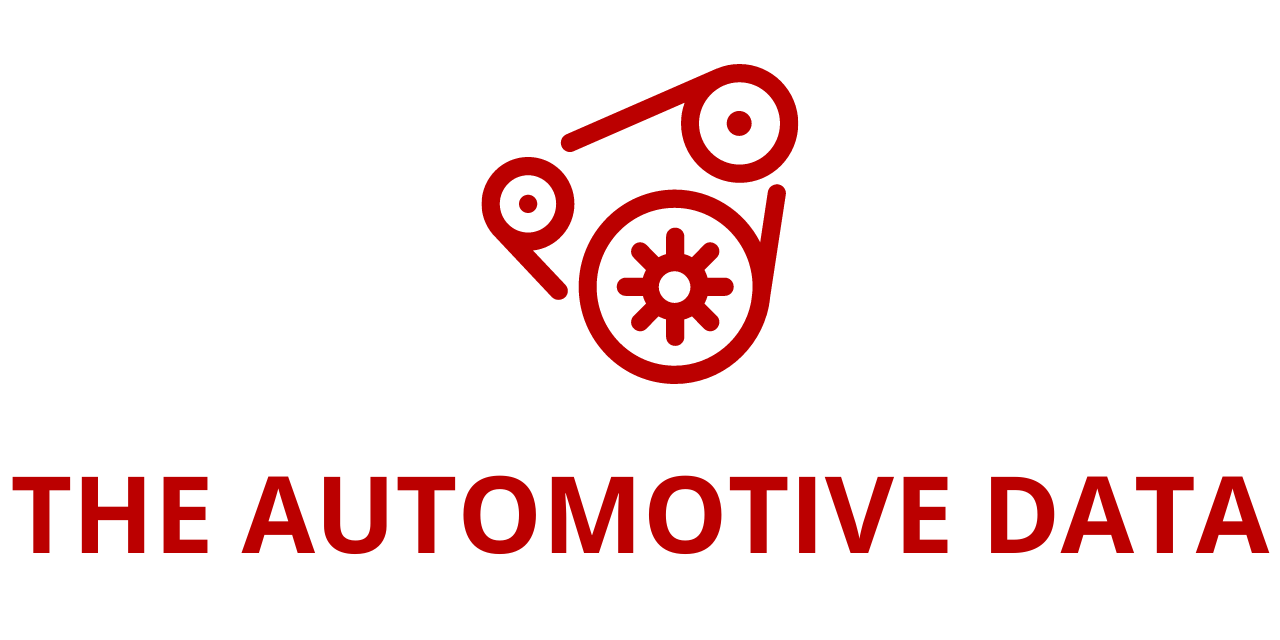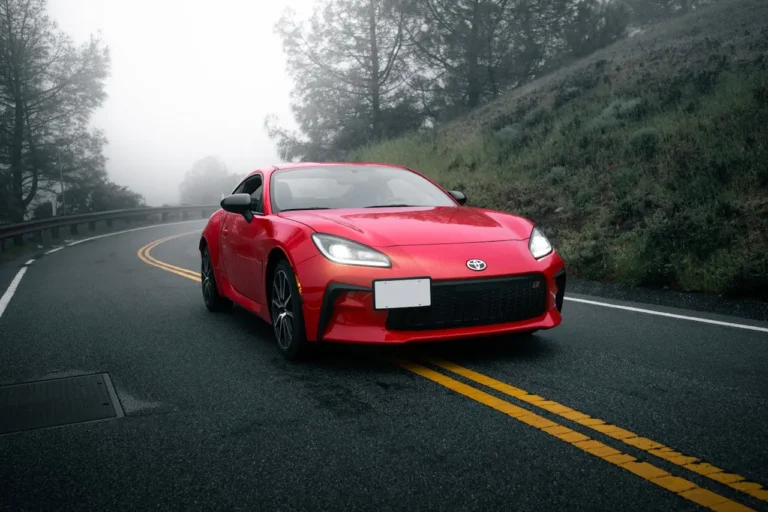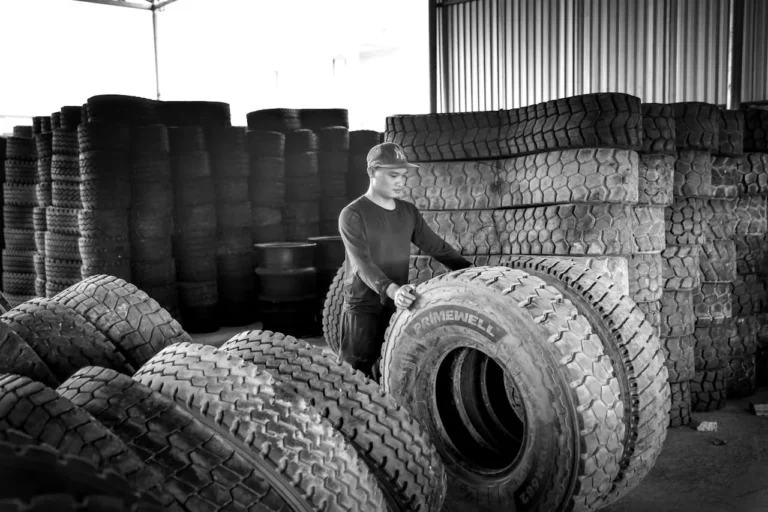
CCC Crash Course Q3 2025 Report: Economic Shocks and Supply Chain Strains Redefine the Auto Claims and Repair Landscape
CCC Intelligent Solutions Inc. (CCC), a leading cloud platform provider serving the property and casualty (P&C) insurance economy, has released its Crash Course Q3 2025 Report, offering a comprehensive view into how today’s turbulent economy and ongoing supply chain disruption are transforming the auto repair and claims ecosystem. The quarterly report highlights how tariffs, inflationary pressures, and shifting consumer insurance behaviors are combining with the growing technological complexity of modern vehicles to create what CCC calls a “supply chain reaction” that is reshaping the industry at every level.
Drawing from 300 million claims-related transactions and millions of casualty claims—including bodily injury, personal injury protection (PIP), and medical payments (MedPay)—processed on CCC’s platform, the report underscores a fundamental transition in the way insurers, original equipment manufacturers (OEMs), repair shops, and suppliers must now operate.
A Structural Shift in the Auto Industry
“Today’s auto industry is navigating unprecedented economic turbulence – from pricing pressures to sourcing challenges to household financial strain,” said Kyle Krumlauf, Director of Industry Analytics at CCC and co-author of the report. “These forces are converging in ways that represent not just cyclical pressures, but a structural shift. Our Q3 report provides context and clarity to help insurers, repairers, and OEMs better understand these dynamics and adapt their strategies in a more complex and unpredictable environment.”
Krumlauf’s comments reflect a growing realization across the industry: the auto repair and insurance markets are no longer dealing with temporary disruptions. Instead, they are contending with deeper, long-term changes that require adaptive strategies and innovative approaches to remain competitive and resilient.
Key Findings: Tariffs, Rising Costs, and Consumer Strain
The Crash Course Q3 2025 Report provides several critical insights into how the current economic and operational environment is affecting the industry:
1. Tariffs Driving Cost Pressures
The report identifies tariffs as a key driver behind rising part costs. After a period of relative stability between 2022 and 2023, average part prices jumped by more than 4% year over year in March and April 2025. These increases coincided with tariff-related supply chain disruption, making it more expensive to source and replace vehicle components.
For insurers and repair shops, this means higher repair bills, more complex claims management, and tighter margins. For consumers, it often translates to higher out-of-pocket expenses, longer wait times for parts, and increased frustration with the claims process.
2. Repair Costs Continue to Climb
Repair costs remain on an upward trajectory. In 2024, the average total cost of repair (TCOR) exceeded $4,730, representing a 3.8% increase year over year. In the first half of 2025 alone, repair costs rose an additional 1.4% compared to the same period in 2024.
Labor expenses are also surging, with labor rates increasing 3.1% year over year. As vehicles become more advanced—equipped with sophisticated sensors, electronics, and advanced driver-assistance systems (ADAS)—the skill and time required to repair them have increased, driving up both costs and repair cycle times.
3. Consumers Turn to Higher Deductibles
Household financial strain is pushing consumers toward policies with higher deductibles. CCC’s data reveals that the traditional $500 deductible, once the most common, has declined by six percentage points since 2021. Meanwhile, policies with $1,000 deductibles have risen nearly five points.
This shift signals that consumers are trying to lower their monthly insurance premiums, even if it means shouldering a larger share of repair costs after an accident. Insurers must consider how these changes in consumer behavior may affect claim frequency, severity, and overall customer satisfaction.
4. Aging Vehicles Drive Total Losses
The share of vehicles deemed total losses remains high, with more than 70% of total losses in 2024 involving vehicles seven years or older. In Q1 2025, the proportion of total losses rose by an additional percentage point compared to the previous year.
This trend reflects the aging U.S. vehicle fleet, combined with declining used car values. Repairing older vehicles is often not cost-effective relative to their market value, leading insurers to declare them total losses more frequently.
5. Diagnostics and Calibrations Become the Norm
Modern vehicle technology continues to influence the repair process. By Q1 2025, nearly 87% of Direct Repair Program (DRP) appraisals included a scan, while 32% required a calibration—up from nearly 24% the previous year.
These diagnostic and calibration procedures, often required to ensure the proper functioning of ADAS and other onboard systems, are no longer occasional tasks but standard elements of the repair process.
6. Calibrations Extend Repair Cycle Times
Calibrations significantly affect cycle times. Vehicles requiring multiple calibrations averaged more than 17 days from vehicle-in to vehicle-out, compared to 13 days for vehicles with no calibration requirements. Even repairs involving just one calibration averaged 15.5 days.
This illustrates how vehicle technology, while enhancing safety and performance, adds layers of complexity that lengthen repair times and strain capacity at repair facilities.
7. Casualty Severity Outpaces Inflation
Medical and casualty claims are also rising in cost. In Q1 2025, average third-party bodily injury payouts reached $28,700 per injured party, reflecting a 7% increase year over year. Meanwhile, first-party PIP outcomes rose 10% year over year, driven by higher utilization of radiology, surgeries, and evaluation and management procedures.
These increases are notable because they outpace general inflation, suggesting that medical severity is becoming an even greater driver of insurance claim costs.
The Bigger Picture: A Convergence of Pressures
The Q3 2025 Crash Course Report makes it clear that the auto repair and insurance industries are grappling with an unusual convergence of challenges. Rising part and labor costs, tariff-driven supply chain disruptions, and the complexity of repairing high-tech vehicles are colliding with consumer financial strain and medical inflation.
For insurers, this environment requires sharper underwriting, innovative claims management solutions, and closer collaboration with repair networks. For repairers, investments in advanced diagnostic tools, technician training, and cycle time management are becoming essential. For OEMs and suppliers, the report highlights the need to strengthen supply chains and prepare for a future in which tariffs and trade restrictions may be an ongoing reality rather than a temporary disruption.
CCC’s Role in Industry Transformation
By publishing its Crash Course series, CCC continues to play a central role in advancing industry knowledge. The company’s platform, powered by cloud-based data and analytics, is uniquely positioned to help stakeholders interpret shifting trends and make more informed decisions.
The Q3 2025 edition reinforces CCC’s broader mission: to turn data into confident action and help customers transform crucial moments into intelligent experiences. As insurers, repairers, and OEMs navigate this era of disruption, having access to timely, comprehensive data is no longer optional—it is a strategic necessity.







